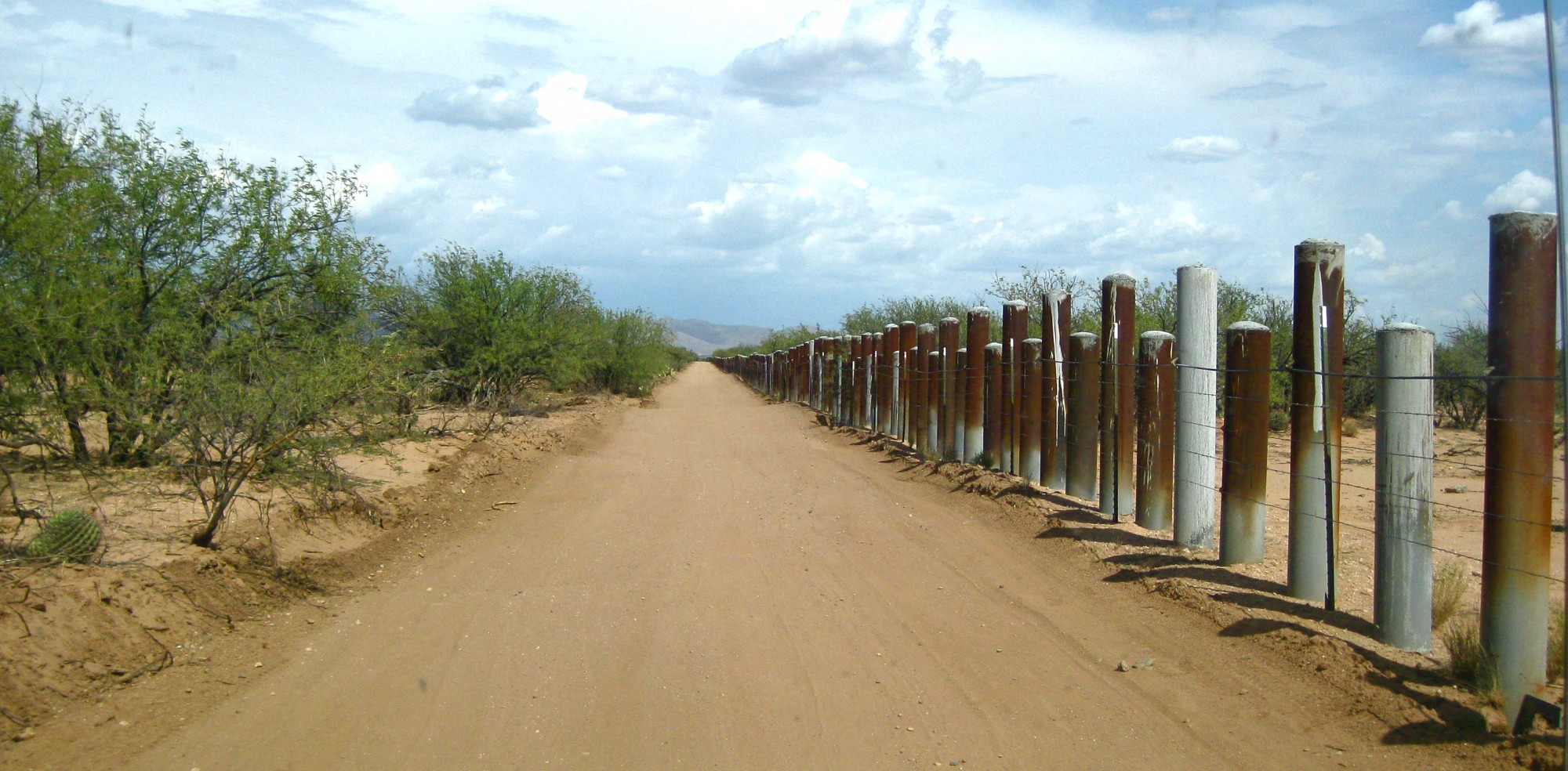This webpage was created as a project for an environmental history class at Middlebury College called Unnatural Border. This class, taught by Mary E. Mendoza, examined how the U.S.-Mexico border transformed over the course of the twentieth century from a “line in the sand” to a very visible and distinctly marked borderline. This class specifically looked at how the United States has sought to control the movement of non-human organisms, such as pathogens and cattle, as well as the nature of human migration.
As a part of this class, we also examined how the U.S.-Mexico borderlands reach far beyond the states in northern Mexico and in the U.S. American Southwest. We understand borderlands to be places of cultural exchange and thus we have concluded that Vermont can be classified as a borderland. As migrants seeking work cross the border and travel into the far reaches of the United States, they carry their border crossing experiences with them as well as their customs, creating pockets of cultural interaction all over North America. Vermont has an agriculturally based economy that relies on migrant workers, therefore our community is directly connected to border related issues and events. This website aims to shed light on Vermont’s relationship with migrant workers and to provide a consolidated list of resources available to these workers and to those who work with them in Addison County.
This website was created by:
- Max Araya
- Theodore Benge
- Linnea Burnham
- Sean Carroll
- Lisa Coale
- Rachel Curtiss
- Kiri Endicott
- Santiago Gomez
- Peter James
- Betty Kobia
- Joshua Kruskal
- Ellie Lovering
- Joseph MacDonald
- Veronica Maisch
- Jillian Moch
- Michael Morris
- Andres Rodlauer
- Seton Stabler
- Jasmin Vara
- Sayre Weir
- Garrett Werner
- Mary E. Mendoza (instructor)
